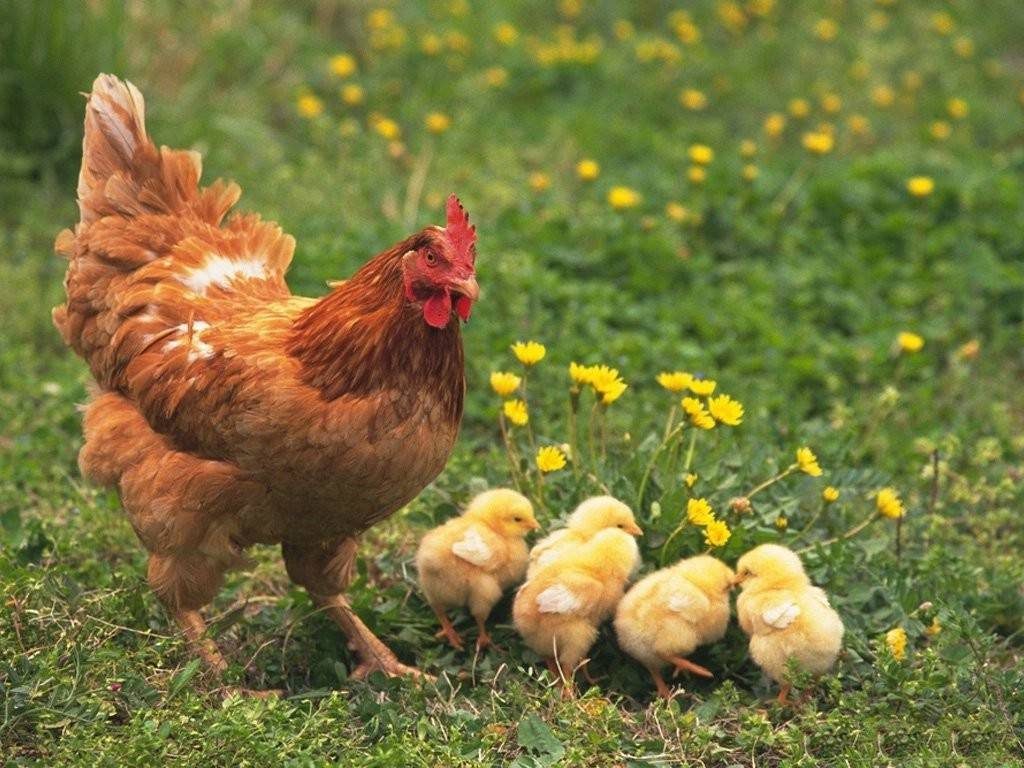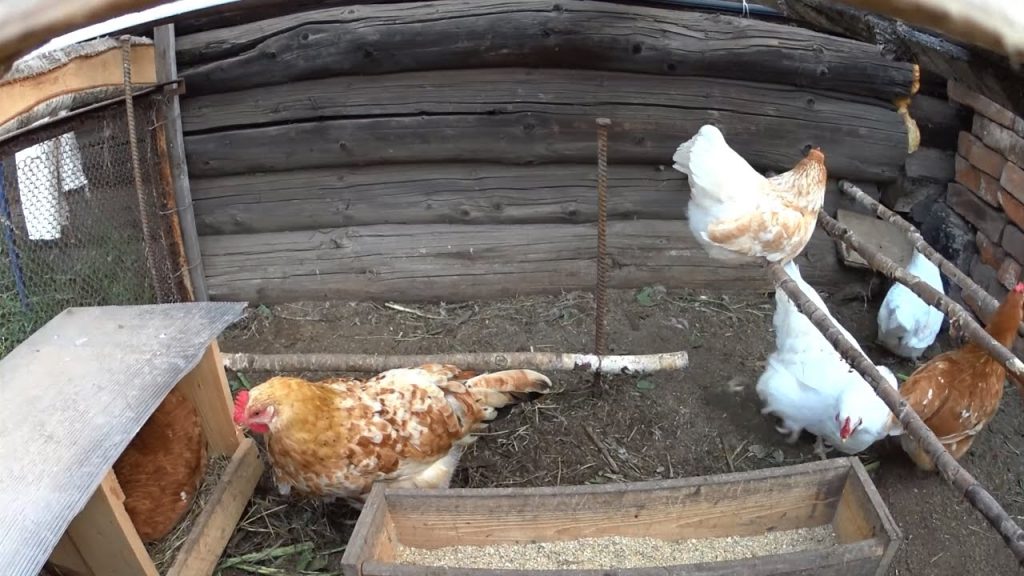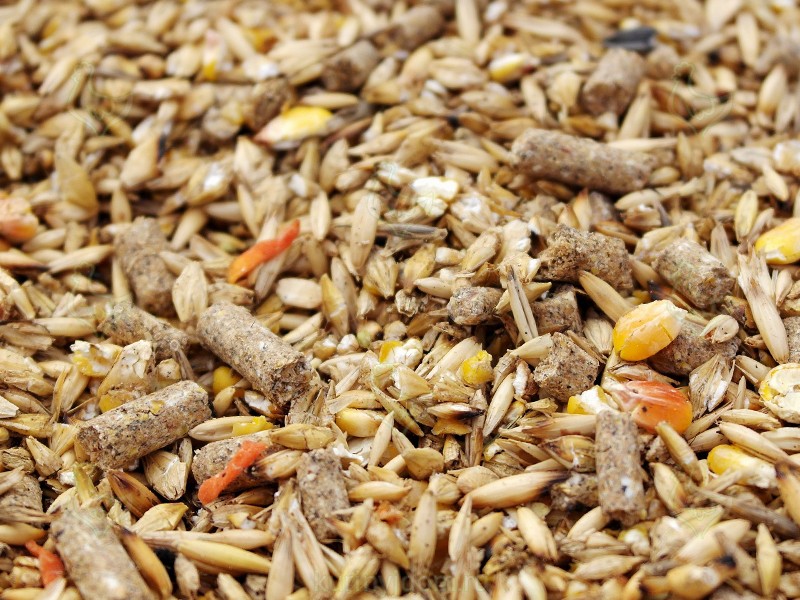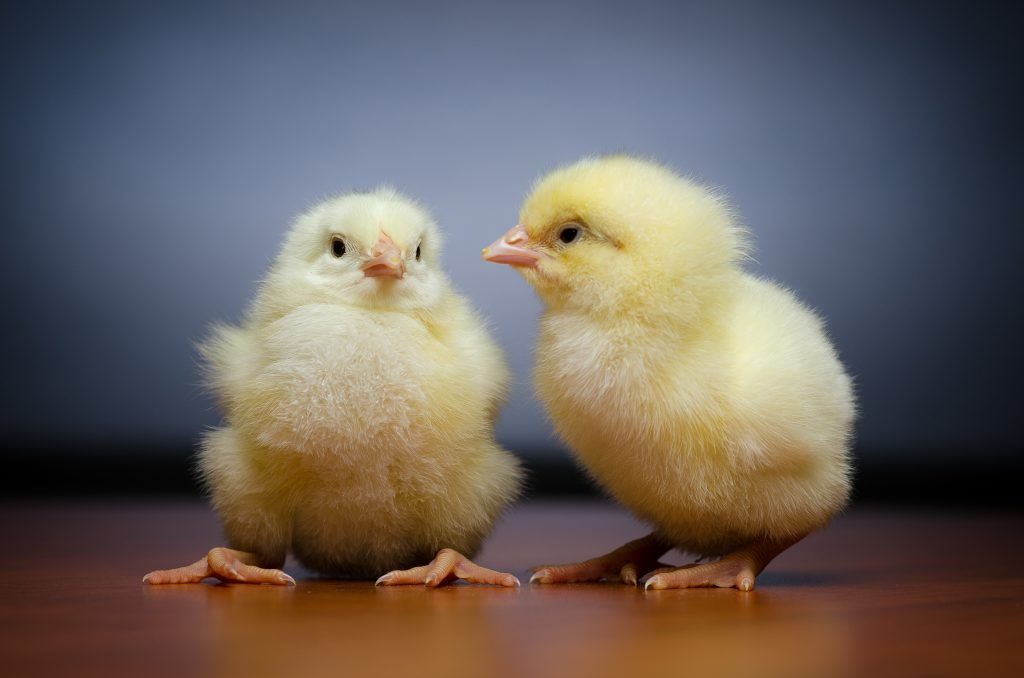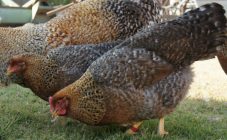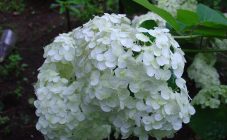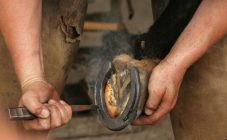Content:
A novice farmer who has decided to start breeding chickens is interested in many questions about the maintenance of this universal bird. What are the varieties, where to keep, what to feed, why do chickens swallow stones? In fact, taking care of this bird at home is not difficult. The main thing is to provide her with the necessary conditions for a comfortable existence, then the chickens will regularly carry and will not cause much trouble to the owners.
Keeping chickens at home
The chicken coop should be located in a place where flooding is excluded. Ceiling heights are suitable in the region of 1.8-2 m. The best material for a barn is wood, at least a concrete floor is not suitable for a chicken coop. The litter can be straw, hay, wood shavings or sawdust. The amount of light directly affects the ability of chickens to lay eggs, during the day there should be at least 15 hours of daylight. The room needs good ventilation. If in summer it is enough to open the window for this, then in winter this option is not suitable. It is best to install ventilation pipes.
The perches are made of wooden beams, 5 cm across, 1 meter above the floor. One hen needs approximately 20 cm per roost. Nests with a height, width and depth of about 30 cm are installed farther from the window. Often, boxes or wooden boxes are adapted for this. The mat is used the same as on the floor.
Particular attention should be paid to the winter keeping of chickens. The room where the bird is kept should be warm, light, dry and fresh. In the northern regions, the house needs to be heated, but ventilation must not be forgotten either. The floor should be covered with straw or sawdust. In order for chickens to rush in winter, they need a long day of light. You can turn on the lights at 7 am and turn off at 10 pm. The temperature should not be lower than +15 degrees, the optimum - + 23-25 degrees.
It's great if the chickens have the opportunity to graze freely, rake and sweep the ground, eat pasture, peck on the sand, and bathe in the dust. In the chicken shed, it is imperative to make small holes through which the bird can go out at any time. The minimum size is 40x40 cm (as much as possible), they are made at a height of 5 cm from the floor.
The prerequisites for keeping poultry are keeping the henhouse clean and periodically disinfected. If the house is dirty, bacteria and infections can build up and grow, which can be dangerous for chickens.
Feeding
You can feed the bird with different grains: wheat, barley, corn, oats. Wheat can constitute up to 60% of the total feed mass, as it contains a lot of protein. Barley increases the taste of meat. Oats are high in fiber, and corn increases egg production in chickens. In the summer, you should definitely give green food. Birds love young nettles, sugar beets, chopped vegetables. You can also feed the chickens to the tops of garden crops. Some owners give their chickens yogurt - it saves them well from the heat and helps to increase the number of eggs. Chickens should always have fresh, clean water. The feeder must be installed so that the bird cannot climb into it. You need to feed in the evening an hour before the chickens roost. The amount of feed is needed so that they eat it in half an hour. Overfed chickens grow fat and begin to lay poorly.
What to do if chickens eat stones
Why chickens eat small pebbles, people wondered in ancient times. There were options that this is from a lack of intelligence, supposedly they just confuse them with food. There were also suggestions that the bird in this way clears the crop from the grains stuck there. However, the truth is neither there nor there. Scientists have found that if a chicken does not receive small pebbles with food, then it needs to eat 80 grams of grain per day, but if it does, then only 60. The point is not that stones replace her food. The stone content just makes it easier to digest.
The French physicist R. Reaumur and the Italian naturalist L. Spallanzani were also interested in why chickens eat stones. They found that chickens have a special organ called the gizzard. It is disc-shaped and has powerful smooth muscles that contract with incredible force. With the help of this muscular organ and pebbles, the grain is milled like a millstone. The solid contents of the stomach in the form of sand, stones and glass are called gastroliths. They irritate the walls of the organ and stimulate its contraction. The muscles contract every 20-30 seconds. The pressure inside the chicken stomach is 100-160 mm Hg. Art. Studies have shown that a chicken's stomach is capable of crushing glass beads and even bending tiny pieces of iron that a bird can inadvertently eat. Accordingly, the reason chickens eat sand and small stones is that without them, food is not fully digested. Therefore, sand and stones must be present in the diet of chickens.
Tips from experienced poultry farmers
- It is best to buy day-old chicks of a zoned breed at a poultry farm.
- The most productive is the first year of the laying hen's life. At home, it is recommended to keep the chicken for no more than three years. Further, its content is unprofitable.
- Birds of different ages should not be kept together as they have different nutritional needs. In addition, young animals are most susceptible to infections that adults can carry.
- Chickens swallow stones for digestion, for which they must install a container with small pebbles, chalk, crushed shells and shells. This will also keep the eggs from pecking.
- In order for the chickens to "bathe" and clean off parasites from themselves, ash baths are arranged in the poultry house. For this, the same amount of ash, sand and clay is poured into a deep basin.
- In the fall, it is required to insulate the shed where the chickens are kept. A layer of sawdust should be poured onto the floor, 5 cm is enough in autumn, in winter the layer is increased.
- The temperature in the house should be kept within + 21-25 degrees.
- With the decrease in daylight hours, the need for artificial light increases. An ordinary incandescent light bulb is enough.
- There should be shade in the outdoor yard. If there are no large trees nearby, you need to pull up a net or awning.
Chicken feed should be crumbly. Sticky food clogs the nasal openings of this bird.
Why is keeping chickens in the household beneficial? Because it is practically waste-free production. Eggs and meat are consumed and sold, feathers can be donated, and dung can be used as fertilizer for the garden. Of course, feed costs are needed, but they justify themselves and pay off with environmentally friendly products from their yard.
